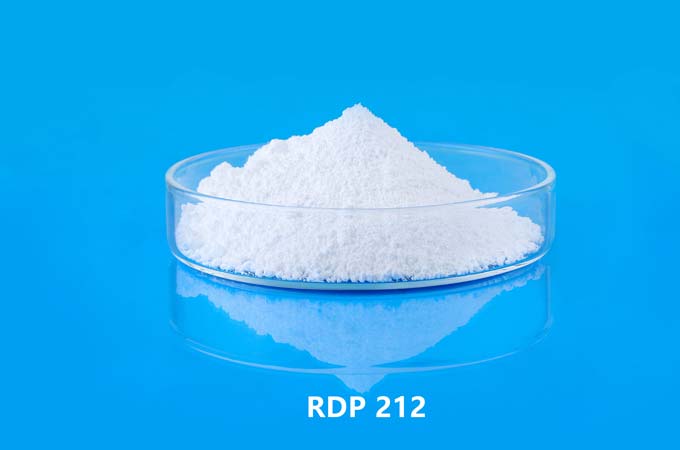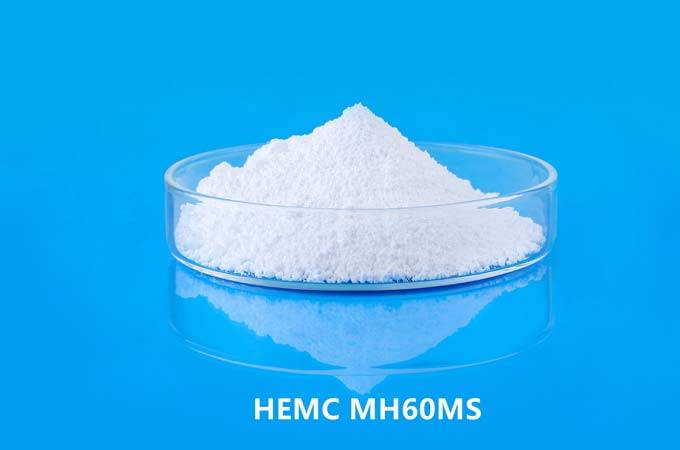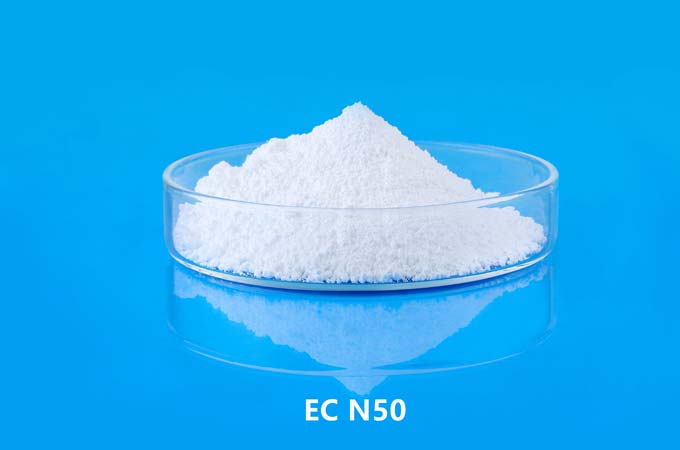Redispersible Polymer Powder (RDP) has emerged as a significant additive in the construction industry, particularly in cement-based products. This synthetic polymer is water-soluble and produced through the spray-drying of aqueous dispersions, resulting in a powder that can be redispersed in water to form a stable latex. The integration of RDP in cement-based products enhances their performance, providing numerous advantages that are crucial for modern construction demands.
Enhanced Adhesion
One of the primary benefits of RDP is its ability to significantly improve the adhesion of cement-based products. When RDP is mixed with cementitious materials, it enhances the bond strength between the cement and the substrate. This is particularly beneficial for applications such as tile adhesives, repair mortars, and external insulation and finishing systems (EIFS). The improved adhesion ensures that tiles, insulation boards, and other materials remain firmly attached to the substrate, reducing the risk of delamination and ensuring the longevity of the construction.
Increased Flexibility and Deformation Resistance
RDP imparts flexibility to cementitious products, making them less prone to cracking under stress. Traditional cementitious materials are brittle and can crack under thermal expansion, mechanical loads, or structural movements. However, RDP-modified products exhibit improved flexibility and deformation resistance, which allows them to accommodate minor movements without cracking. This is particularly important in applications such as exterior renderings, waterproofing membranes, and joint fillers, where flexibility and crack resistance are critical.
Improved Workability and Application
The addition of RDP to cement-based products enhances their workability. The polymer modifies the rheological properties of the mixture, making it easier to mix, spread, and apply. This improved workability is essential for ensuring a smooth and uniform application, reducing labor time and effort. For instance, in tile adhesives and plasters, the enhanced workability allows for easier troweling and leveling, leading to better surface finishes and more efficient application processes.
Enhanced Water Retention
RDP-modified cement products exhibit superior water retention properties. This is particularly advantageous in preventing rapid water loss from the cement during curing, which can lead to shrinkage and cracking. Improved water retention ensures proper hydration of the cement, resulting in stronger and more durable end products. This is critical in thin-layer applications such as self-leveling compounds and repair mortars, where rapid drying can compromise the material's integrity.
Increased Durability and Weather Resistance
Cement-based products modified with RDP show enhanced durability and resistance to weathering. RDP forms a polymer film within the cement matrix that acts as a protective barrier against environmental factors such as moisture, freeze-thaw cycles, and chemical attacks. This increased durability is vital for external applications, including facades, renderings, and mortars exposed to harsh weather conditions. The polymer film also improves the resistance to efflorescence, a common issue in cementitious materials where salts migrate to the surface and cause unsightly white deposits.
Enhanced Mechanical Properties
The incorporation of RDP in cement-based products improves their mechanical properties, such as tensile strength, flexural strength, and impact resistance. The polymer particles fill the voids within the cement matrix, leading to a denser and more cohesive structure. This enhancement in mechanical properties is crucial for applications subjected to dynamic loads or mechanical impacts, such as industrial flooring, high-traffic areas, and structural repairs.
Reduced Shrinkage and Cracking
RDP helps to mitigate the issues of shrinkage and cracking in cement-based products. Shrinkage is a common problem in cementitious materials, often leading to cracking and structural weaknesses. By incorporating RDP, the shrinkage strain is significantly reduced due to the polymer’s ability to distribute stress more evenly across the matrix. This reduction in shrinkage and cracking is particularly beneficial for large surface applications such as screeds and overlays, where dimensional stability is essential.
Enhanced Bonding and Cohesion
The presence of RDP in cementitious mixtures enhances the bonding between different layers of materials, such as between old and new concrete or between cementitious overlays and substrates. This improved cohesion is critical in repair mortars and patching compounds, where strong adhesion is necessary to ensure the longevity and effectiveness of the repair. The enhanced bonding properties also facilitate the application of thin-layer systems, which rely on strong adhesion to function correctly.
Environmental and Economic Benefits
RDP contributes to the sustainability of construction practices. By improving the performance and longevity of cement-based products, RDP reduces the need for frequent repairs and replacements, leading to lower material consumption and waste generation over time. Additionally, the enhanced workability and application properties reduce labor costs and energy consumption during the construction process. The use of RDP can also enable the formulation of cementitious products with reduced Portland cement content, thereby lowering the overall carbon footprint associated with cement production.
Versatility in Applications
The versatility of RDP allows it to be used in a wide range of cement-based products, including tile adhesives, plasters, renderings, waterproofing systems, self-leveling compounds, and repair mortars. This adaptability makes RDP a valuable additive for various construction needs, offering performance enhancements across multiple applications. The ability to tailor the properties of cementitious materials through the use of RDP enables manufacturers to meet specific performance requirements and regulatory standards.
Redispersible Polymer Powder (RDP) offers a multitude of advantages in cement-based products, making it an indispensable component in modern construction practices. Its ability to enhance adhesion, flexibility, workability, water retention, durability, mechanical properties, and environmental sustainability underscores its significance. The incorporation of RDP not only improves the performance and longevity of cementitious materials but also contributes to more efficient and sustainable construction processes. As the construction industry continues to evolve, the use of advanced additives like RDP will play a crucial role in meeting the increasing demands for high-performance and durable building materials.
 English
English 日本語
日本語 français
français Deutsch
Deutsch Español
Español italiano
italiano русский
русский português
português العربية
العربية Türkçe
Türkçe Nederland
Nederland



